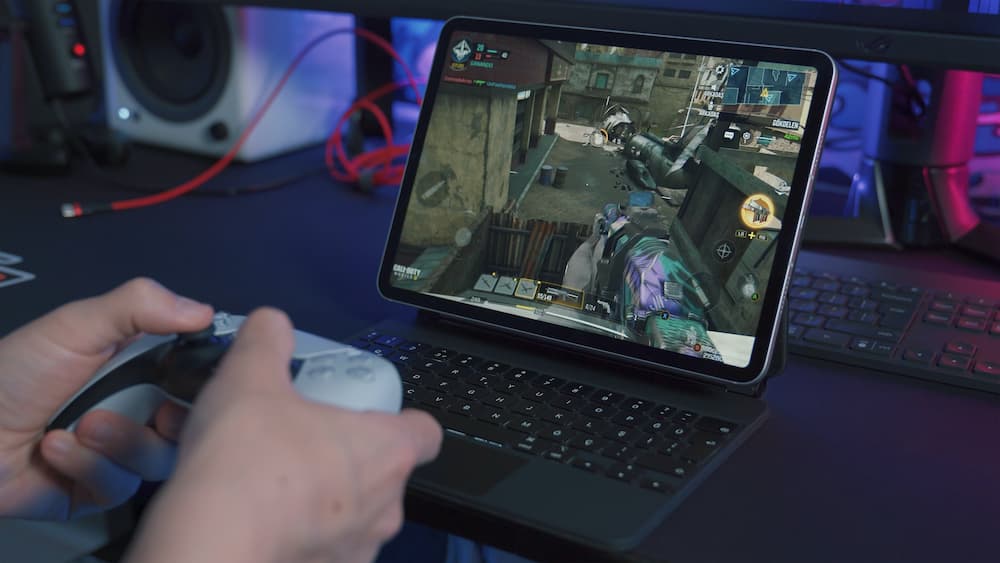Today, we’re going to present a recipe for a robust technical task. We’ll showcase a well-structured technical task from the gambling domain, exemplified by Golden Pokies, a reputable gambling platform serving clients worldwide. We’ll also assist you in collecting requirements for your upcoming technical task. Don’t miss it out!
Cruciality of a Precise Technical Task in Project Success
Imagine a software development company receives a poorly defined technical task from a client. The task lacks clarity, specificity, and crucial details about the project requirements. It might contain ambiguous or conflicting instructions, insufficient information about the desired functionalities, or vague expectations.
As a result of this inadequately defined technical task:
- Client Dissatisfaction
- Resource Wastage
- Increased Iterations and Delays
- Quality Compromises
Addressing these issues requires the creation of meticulously crafted technical tasks that are both comprehensive and lucid, ensuring alignment with the client’s precise expectations.
A robust technical task should include detailed requirements, clear objectives, specific functionalities, acceptance criteria, and any necessary visual aids or examples to ensure a mutual understanding between the client and developers. Clear communication, regular updates, and collaboration between all stakeholders are essential to creating effective technical tasks and ensuring successful project outcomes.
10 Essential Elements of an Effective Technical Task
We gathered all components that collectively form a comprehensive technical task, providing a clear roadmap and guidelines for the development team to successfully execute the project.
- Project Summary/Goal
- Needs and Specifications
- Range and Outputs
- Approval Standards
- Limitations and Presumptions
- Technological Framework and Design Principles
- Schedule and Benchmarks
- Interaction and Documentation
- Evaluation and Quality Control
- Finances and Assets
Crafting a Technical Task (TT): A Comprehensive Step-by-Step Guide
- Understand Project Requirements.
- Define Objectives and Goals.
- List Requirements and Specifications
- Set Scope and Deliverables
- Include Resources and Constraints.
- Establish Evaluation Criteria
Golden Pokies Illustration of Well-Structured TT
Video Game Development: Creating a pokie game (PG).
- Project Overview/Objective: Develop an pokie game with an immersive storyline and engaging gameplay mechanics.
- Requirements and Specifications: Include character creation, combat mechanics, quest system, inventory management, and level design.
- Scope and Deliverables: Develop the initial game environment, character creation system, and the first quest line. Exclude multiplayer features for the initial release.
- Acceptance Criteria: Ensure smooth character movement, intuitive spin controls, well-paced storytelling, and bug-free gameplay in the base and bonus modes.
- Constraints and Assumptions: Utilize a game engine like Unity or Unreal Engine, assume basic AI for NPCs, and consider hardware limitations for graphics.
- Technical Architecture and Design Guidelines: Use object-oriented programming for game logic, create 3D assets optimized for performance, and follow a modular design approach.
- Timeline and Milestones: Pre-production (3 months), production (9 months), alpha testing (2 months), beta testing (1 month), and release.
- Communication and Reporting: Regular sprint meetings, bi-weekly gameplay demos, and a dedicated Discord server for community feedback.
- Testing and Quality Assurance: Conduct extensive playtesting, debug and optimize for different hardware configurations, and ensure game balance.
- Budget and Resources: Distribute resources for creative personnel, programmers, writers, testers, and marketing. Include budgeting for voice acting and music licensing.
Further Guidelines for Enhanced Results
Below are supplementary suggestions to improve the procedure:
- Collaborate with Key Participants – clients, project managers, developers, and designers – from the start.
- Prioritize and Define Requirements: Distinguish between must-have features and nice-to-have additions.
- Include Visual Aids and Examples: Incorporate diagrams, wireframes, prototypes, or mockups to visually represent requirements and functionalities. Visual aids can significantly improve comprehension and reduce ambiguity.
- Break Down Tasks into Smaller Units.
- Provide Context: Offer project’s purpose, and any relevant historical context.
- Define Clear Acceptance Criteria: Set specific and measurable criteria for each requirement, allowing for objective evaluation and acceptance of completed work.
- Encourage Feedback and Iteration: Foster an environment where team members feel comfortable providing feedback on the technical tasks. Iteratively refine the tasks based on feedback and evolving project needs.
- Document Changes and Updates: Maintain a version-controlled document or system to track changes and updates to technical tasks. This ensures everyone works with the most current information.
- Review and Validate: Before finalizing the technical task, conduct thorough reviews with relevant stakeholders to validate that the requirements are feasible.
- Ensure Traceability and Accountability: Assign responsibilities and ensure traceability between tasks, team members, and project milestones.



